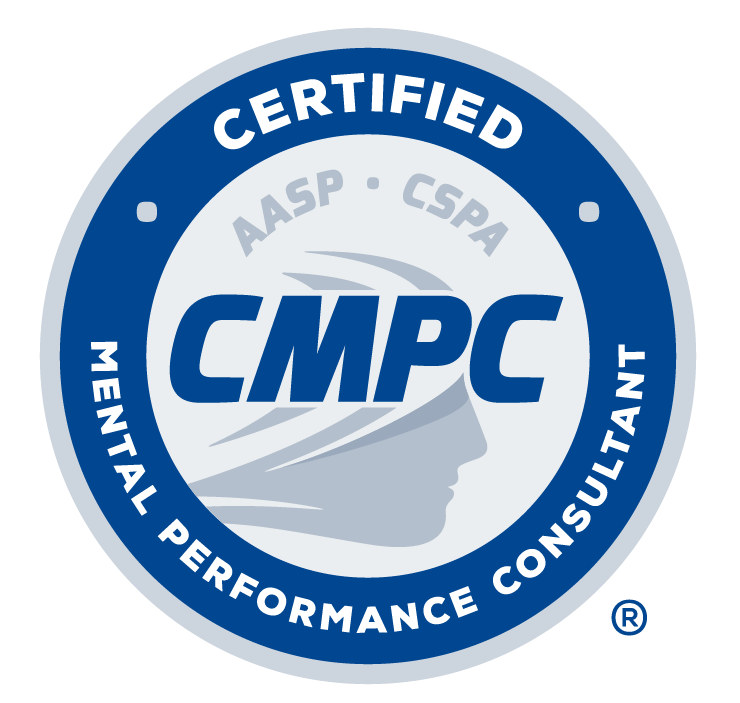2009 Grant Recipient: The effects of self-talk on intrinsic motivation: The application of self-determination theory.
Emily J. Oliver1,2, James Hardy2, & James Van Santen2
1 Department of Sport and Exercise Science, Aberystwyth University; 2 School of Sport, Health, and Exercise Sciences, Bangor University.
Self-talk is a cognitive strategy that has been frequently cited by researchers, practitioners, and athletes as a motivational aid linked with enhanced learning and performance. As yet, however, no published study has considered whether self-talk affects motivation itself. One theory with clear relevance to the study of self-talk and motivation is cognitive evaluation theory (CET; Deci & Ryan, 1985). CET states that events have three aspects which impact on intrinsic motivation (IM); informational events, that allow individuals to feel competent and self-determining and enhance IM, controlling events, that undermine feelings of self-determination and reduce IM, and amotivating events that highlight incompetence and reduce IM. Crucially, CET makes no distinction between externally administered events (e.g., provision of feedback by others) and intrapersonal events (e.g., self-reinforcement). Using CET as a theoretical framework, we examined the relationship between self-talk and IM.
Sixty-five males (Mage = 20.62, SD = 1.40) were randomly assigned to one of three groups; informational self-talk, controlling self-talk, and a control group who were given no self-talk instructions. Each participant completed five blocks of trials on a stabilometer task, after which they completed an adapted version of the Situational Motivation Scale (SIMS; Guay & Vallerand, 1995; Guay, Vallerand, & Blanchard, 2000). To maximise the potential impact of self-talk, bogus negative feedback was given followed by the introduction of self-talk interventions. A second set of trials was then completed with participants using their respective self-talk statements continuously and overtly. A five minute free choice period was then conducted as a measure of behavioural IM; the SIMS was also completed for a second time.
A 2 x 3 (Time x Group) mixed-model ANOVA revealed a significant time by group interaction on self-report IM, F(2, 51) = 5.095, p < 0.01, and nonsignificant main effects for time or group. Between group ANOVAs showed no significant differences at pre test, F(2, 51) = 0.876, p = 0.423, but a significant difference at post test, F(2, 51) = 4.944, p < 0.05. The informational self-talk group had significantly higher levels of IM than the controlling self-talk group at post test. Paired t-tests indicated that the informational self-talk significantly increased their IM pre to post, t(17) = 2.808, p < 0.05, whereas no changes were evident for the control and controlling self-talk groups. A one-way between group ANOVA on the behavioural IM data (post intervention only) demonstrated a significant difference between groups (F(2, 51) = 43.053, p < 0.01), with the informational self-talk group (Mtime = 237.0) choosing to engage with the task significantly more than both the control group (Mtime = 76.6) and the controlling self-talk group (Mtime = 34.5; p < .001).
These results provide partial support for the propositions of CET. It appears that informational self-talk can increase IM, however, controlling self-talk did not undermine IM in the manner hypothesised.



